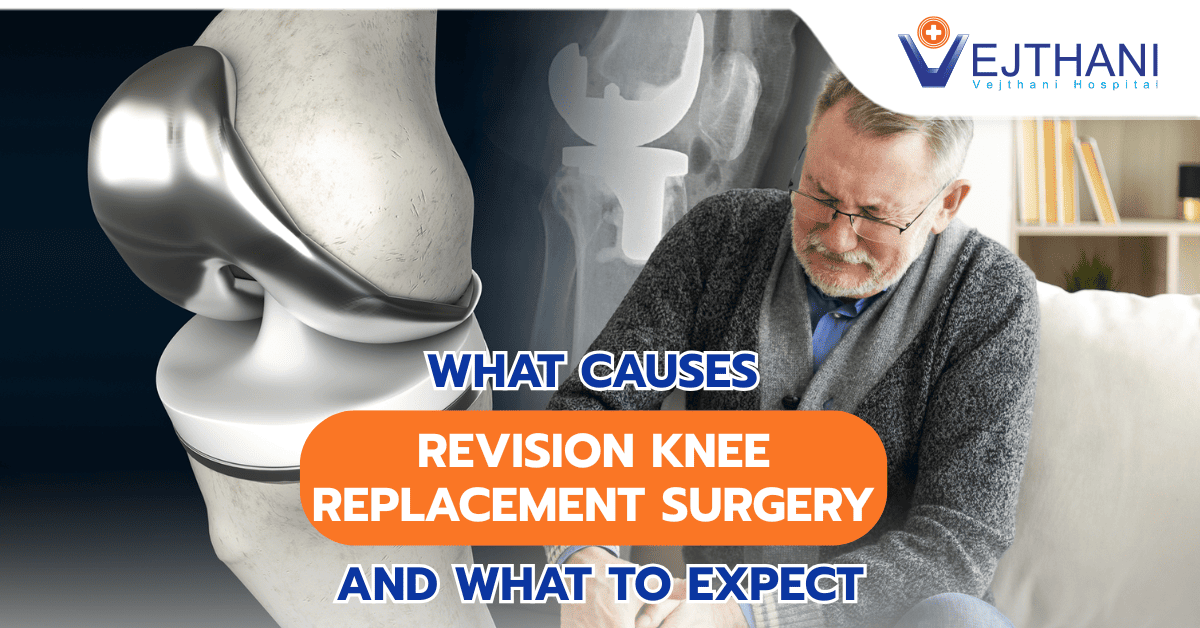
Stapedectomy
Overview
A stapedectomy is a surgical procedure aimed at restoring hearing by addressing damage in the middle ear caused by otosclerosis. This condition affects the stapes, a tiny, U-shaped bone that transmits sound vibrations to the inner ear. In the procedure, the damaged stapes is replaced with an artificial implant.
Reasons for undergoing the procedure
If you’re experiencing hearing loss due to otosclerosis, a stapedectomy might be necessary. Otosclerosis occurs when your stapes (a small bone in the middle ear) fuses with surrounding bone tissue. This fusion reduces the stapes’ flexibility, impairing its ability to transmit sound waves from the middle ear to the inner ear.
Common symptoms of otosclerosis:
- Hearing loss: Gradual difficulty in hearing, particularly low-pitched sounds and whispers.
- Paradoxical hearing: You might find it easier to hear in noisy environments.
- Quiet speech: Some people with otosclerosis may start speaking more quietly, thinking their voice is louder than it actually is.
- Other symptoms:
- Balance problems
- Vertigo
- Tinnitus (ringing in the ears)
- Dizziness
If you notice these symptoms, it’s essential to consult with a healthcare professional to discuss possible treatment options, including a stapedectomy.
Risks
As with any surgical procedure, a stapedectomy carries the risk of complications. While it successfully improves hearing for about 80% to 90% of individuals with otosclerosis, it may not always be effective. In rare cases, your hearing could even worsen after the surgery. Potential issues include:
- Vertigo, which may occur immediately after the procedure and persist for a few days.
- Altered taste on one side of the tongue, typically resolving within a few months.
- Development of tinnitus (ear ringing).
If your hearing does not improve or worsens after surgery, additional procedures might be recommended, or your doctor may suggest using hearing aids. The most common signs of stapedectomy failure are persistent hearing loss or new hearing loss after the operation.
Before the procedure
Before undergoing a stapedectomy, your healthcare provider will evaluate your hearing loss through the following steps:
- Medical history evaluation: Your provider will ask about:
- Duration of hearing loss
- Presence of tinnitus (ringing in the ears) or vertigo
- Family history of otosclerosis
- Physical examination: Your provider will:
- Check for acute or chronic ear infections
- Examine your ear canals and eardrum (tympanic membrane)
- Audiometry: This test measures your ability to hear a range of tones, with the results displayed on an audiogram.
- Tuning fork test: Using a tuning fork, your provider will compare how well you hear sound through your bone and ear. They will:
- Tap the fork
- Place it on your mastoid bone (behind the ear) and then near the ear
- Tympanometry: This test uses a handheld device (tympanometer) to check your eardrum. The results are shown on a tympanogram.
- Computed tomography (CT): A CT scan will allow your provider to view the bones and tissues in your ear for further assessment.
During the procedure
Stapedectomies can take anywhere from 90 minutes to two hours to perform as outpatient procedures.
The following actions could be taken by your healthcare practitioner if you are having a stapedectomy:
- Give you anesthesia to make the procedure painless for you. Anesthesia might be applied locally or generally during a stapedectomy.
- To access your eardrum, use a laser or tiny tools. In order to access your eardrum, doctors may choose to create a little incision in front of or behind your ear.
- Raise your middle ear bones by lifting your eardrum.
- Take out your stape and put in an artificial one.
- Reinstall your eardrum to complete the procedure. Your doctor applies bandages or other material on your eardrum to hold it in place while your ear heals.
After the procedure
You’ll be allowed to go home once you’ve recovered from anesthesia. You’ll need to rest for the first few days after your procedure. The average person’s ears heal in six weeks or less. After your stapedectomy, you should anticipate the following additional things:
- There can be a bleeding oozing from your ear. If so, use cotton balls to gently absorb the fluid from your ear.
- Antibiotic drops for your ears may be prescribed by your doctor.
- You must ensure that your ear stays dry. Apply some Vaseline® on a cotton ball and insert it into your ear when you take a shower. After showering, gently pat the area around your outer ears dry.
- Airplane travel should be avoided until your ear heals. It could require four to six weeks. Flying puts pressure on your ear, and that pressure may dislodge your gadget.
- Don’t use earbuds until your ear heals.
Outcome
After a stapedectomy, most patients can return to their usual activities within about a week. However, those who engage in heavy lifting or other physically demanding tasks may need additional time off.
Contact Information
service@vejthani.com






















